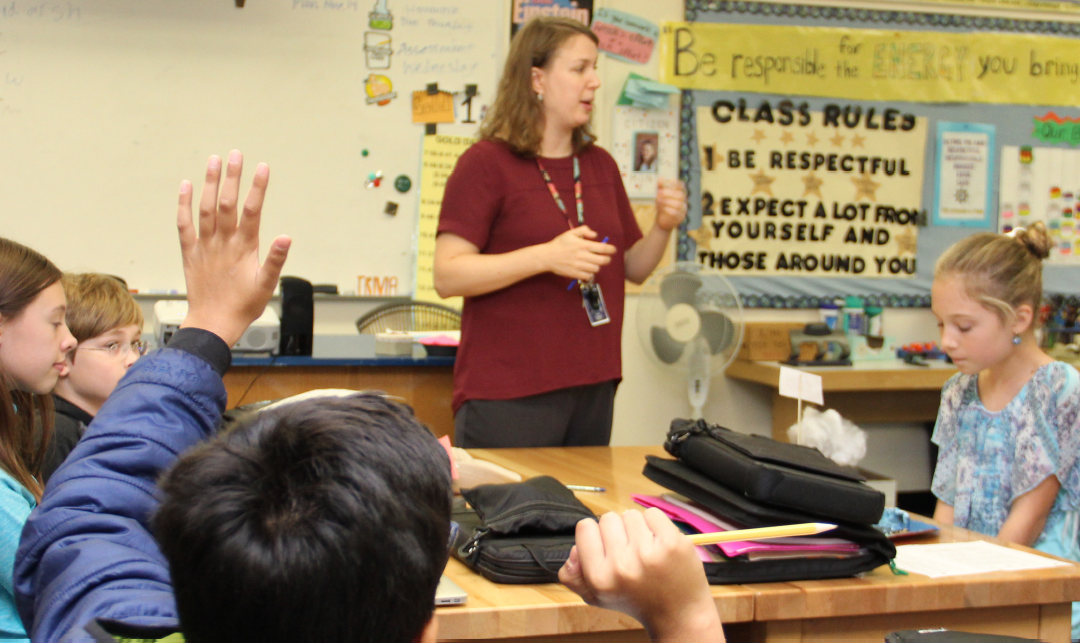A sense of ownership in the classroom is key for students to participate and engage in the learning process. By valuing and incorporating students’ ideas, perspectives, and opinions you are closer to having a room full of students who not only aren’t afraid to speak up but who actively want to participate.
Creating this sense of agency for students will improve classroom dynamics and also provide them with a life skill they’ll need and use well after they leave your classroom.
Beyond Listening
Understanding student voice is deeper than just listening to a student, it involves acknowledging their diverse thoughts and ideas and incorporating them into your teaching, learning, and lesson plans. When students believe they’re represented in the curriculum, they are more likely to actively engage in discussions, express their opinions, and be an active participant in their own learning.
Strategies for integrating student voice
- Open Dialogue
Create an environment where all students feel comfortable sharing. Remind students throughout the year their voices are valued, and their input is encouraged in all conversations. - Brainstorming Time
Creating time for regular brainstorming sessions where students can suggest projects or activities for the class helps promote collaboration, trust, respect, and a sense of classroom community which will help with overall participation. - Student-Led Discussions
As an educator, take a step back and be the facilitator, allowing students to lead discussions on issues they care about. Students will be more inclined to share when they feel they have buy-in. This method also allows the student to step into the leadership role, which is a double win for their education. - Promote Choice
Offer opportunities for students to choose projects/assignments aligned with their interests. This can motivate students to be more invested in their learning. - Collaborative Decision-Making
Involve students in decisions about things like classroom rules and routines. When students feel like they had a hand in creating something they are more inclined to follow through and listen. - Feedback
Create ways for students to provide regular feedback on how they feel in the classroom, their thoughts on the classroom dynamics, and anything else you see fit. Ask for suggestions and implement the ones you believe will be helpful to improve teaching and learning. - Digital Tools
Meet students where they’re at and use digital tools like online discussion boards or polling apps to get input on lessons. This method also allows the quieter students’ ideas to be heard.
Thinking of the learning process as a team effort where you are the coach will help you remember that the goal of the process is not to give up control, but to create a collaborative learning environment where all students have an opportunity to feel like the MVP.





